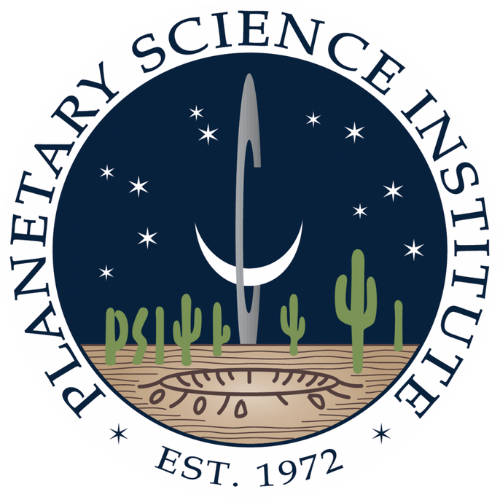The march of the planets around the Sun may seem interminable, but new research suggests that the likelihood of another star in our galaxy passing by and disrupting our Solar System is slightly higher than thought.
Nathan Kaib, a Planetary Science Institute senior scientist based in Iowa, and his co-author Sean Raymond of France’s Laboratoire d’Astrophysique de Bordeaux and Université de Bordeaux, created thousands of simulations of our Solar System’s future over the remaining lifetime of our Sun, about 5 billion years. They concluded that there is a 0.2% chance that Earth will be ejected or involved in a planetary collision.
“I want to make clear that stars are not an imminent threat to the Solar System,” Kaib said. “Prior work that ignores stellar passages has concluded that there is a 99-99.5% chance that the Solar System’s planets remain stable over the Sun’s lifetime. Our work that includes stellar passersby lowers this to 98.5-99%, so it’s still pretty unlikely.”
The team also found that passing stars:
- Alter Pluto’s future from one that is completely stable over to one with about 5% instability probability,
- Increase the odds of Mercury’s instability by about 50-80% and
- Result in about 0.3% chance that Mars will be lost through collision or ejection.
“I find it amazing that the orbital evolution of the Sun’s closest planet, Mercury, may ultimately be affected by stars that are currently on the other side of the Milky Way,” Kaib said. “It’s also pretty cool that Pluto, an object that people have assumed to be completely stable, actually has a 5% chance of being dislodged by passing stars over the next 5 billion years.”
Two main factors influence planetary stability. One is its mass. During the gravitational tug-of-war between planets, the smaller ones are more easily pushed around, which explains why Mercury and Pluto are most easily lost in simulations.
The other factor is a planet’s proximity to an orbital resonance. Orbital resonances are like well-synchronized dances, resulting in regular gravitational influences as planets circle the Sun. For example, within Mercury’s near resonance with Jupiter, Mercury’s oblong path around the Sun can increase dramatically. Passing stars have the ability to tweak the planets’ orbits so that Mercury can find itself slightly closer to this risky resonance than it would be in their absence.
Pluto, on the other hand, maintains a resonance with Neptune in which it orbits the Sun exactly twice every time Neptune orbits three times. This resonance prevents Pluto from ever getting too close to Neptune. If our Solar System existed alone, this would be a very stable and favorable situation for Pluto. However, passing stars can knock it out of resonance, resulting in close encounters with Neptune, which can fling it out of the Solar System.
This research was published in Icarus and PSI’s portion of the work was supported by NASA Solar System Workings grant 80NSSC24K1874.

